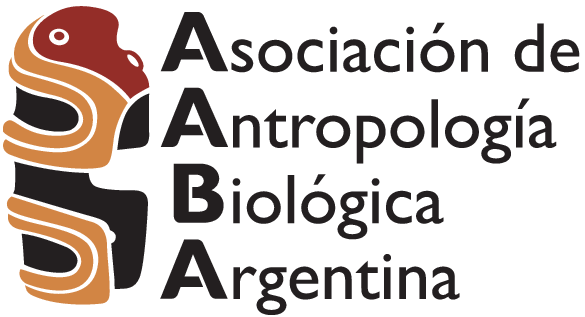Manuscript categories
The RAAB publishes the following types of contributions: original articles, review articles, short communications, technical notes, bibliographic comments and letters to the editor. In addition, the responsible editors publish editorial notes, and invite authors to write obituaries and articles on special topics.
Original articles: this type of work deals with specific topics in the discipline and provides results that have not been previously published, whose conclusions represent a significant advance in the understanding of a problem within the field of interest of the journal. The standard organization of original works should include the following sections: Summary, Introduction, Materials and Methods, Results, Discussion, Acknowledgments, Literature cited. Subheadings will be used within sections to clarify the organization of information when necessary. Figures and tables will be limited to those necessary to understand the results and conclusions of the manuscript. Additional text file, tables and figures will be included in the Supplementary Material. The main text (excluding the abstract and cited literature) must be at least 5,000 words and must not exceed 10,000 words.
Brief communications: this is a scientific communication with the same format as the original works, but of reduced length that reports the results of a research work. The manuscript should not exceed 5000 words (excluding the abstract and cited literature) and follows the same style of presentation and structure as the original works, although the complete division into sections can be dispensed with.
Review articles: these works develop syntheses on topics of interest in the discipline, also presenting a critical perspective of the author on said topic. These works do not have a predefined structure, but must include Summary, Acknowledgments and Literature Cited. Headings and subheadings should be used to clarify the structure of the article. The main text (excluding summary and cited literature) must be at least 5,000 words and not exceed 15,000 words.
Technical notes: this manuscripts result from projects that produced valuable information regarding specific methodological topics of the specialty. It may involve the presentation of new methods, as well as presenting comparisons between different methods, clarifications, modifications or any comments on methodologies that are in use in the biological anthropology community. The structure for these manuscripts must include at least the sections: Summary, Acknowledgments and Literature Cited, in addition to the main body of the manuscript. Headings and subheadings should be used to clarify the structure of the article. The main text (excluding the abstract and cited literature) should not exceed 5000 words.
Dossiers: this section is intended for content reviews that address a special topic and reflect current and emerging trends in the field. Its function is to bring together at least five works, proposed by responsible editors, members of the editorial committee or guest editors. The manuscripts included in the dossier may have the format of an original work, review article, brief communication, technical note, whose requirements for preparing the manuscript, sending it, reviewing it and the subsequent evaluation process are equivalent to those followed by the rest of the contributions received by the magazine. Dossiers can combine manuscripts of different formats, but at least one of them must belong to the original article or short communication category. In a first evaluation by the responsible editors, it will be verified that the dossier proposal fits the thematic profile and scope of the RAAB. In a second instance, when the articles are received, the editorial team, including the guest editors, will evaluate whether each of them conforms to the journal's standards and the thematic area of the dossier. In a third instance, the manuscripts will be evaluated by external peers like the other contributions. Dossiers must include an introduction of 1000 to 2000 words, which will be authored by the dossier's coordinators. The coordinators of a dossier must write an email to the magazine containing a document containing the proposed subject of the dossier, relevant to biological anthropology, a list of invited articles including the title of the jobs, the type of job in accordance with the section policies of the magazine, its authors, institutional affiliations and contact email. This document should consist of an extension of 1,000 to 3,000 words.
Book reviews: They are critical reviews on the theoretical, conceptual, and/or methodological aspects of works that represent an important contribution to the anthropological fields published by the journal. In addition to including information about the work, they must include the author's critical perspective on it. They must have a length that does not exceed 3,000 words.
Letters to the editor: they are brief comments about works previously published in the journal. Authors whose article is covered by a letter to the editor are invited to read it and respond to it. If both are acceptable in their form and content, they will be published if possible in the same volume. The letters to the editor must be no longer than 3,000 words.
Obituaries: They are short texts that summarize the academic life, memories, and anecdotes of a recently deceased person who has contributed to biological anthropology. They are carried out by researchers related to said person and will be published at the request or invitation of the responsible editors. They must have a length that does not exceed 3,000 words.
Special topics: This section is intended for reviews focused on the communication of specific aspects that reflect an update of emerging content in the field and of value to the scientific community. These works are carried out by the responsible editors or authors who have received an invitation from the editorial team and do not follow the peer review process.
Editorial notes: They are made when the responsible editors need to communicate a matter of relevance to the Journal. They are in charge of the responsible editors or they could be requested by editors or authors. Editorial notes do not follow the peer review process.























